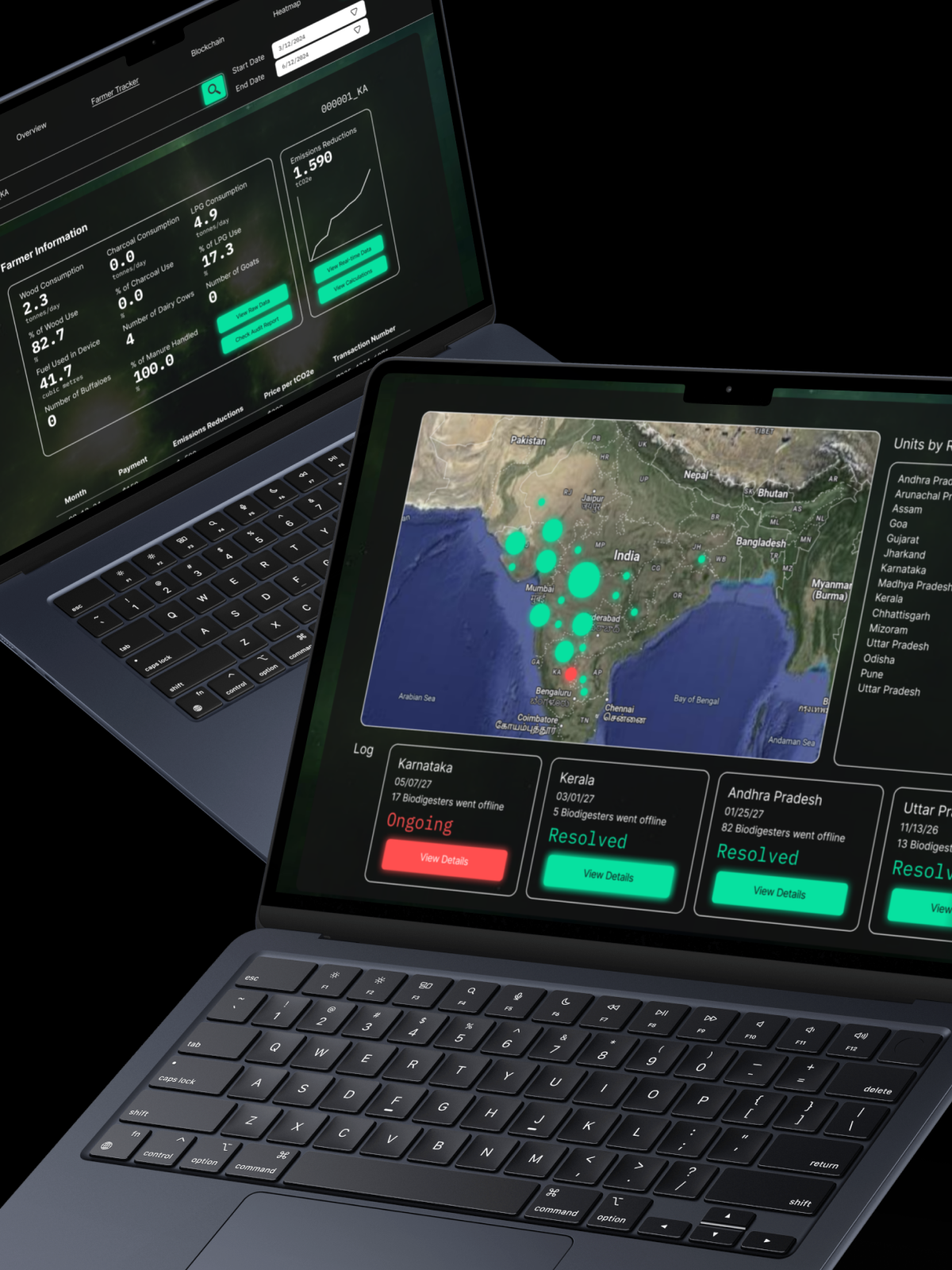check it out! - A SNEAK PEEK BEHIND THE SCENES OF OUR BIOCHAR PRODUCTION


.png)
more likely to be above 50% usage if paid, comparing usage of farmers in paid villages to farmers in an unpaid control village.
kilometers between our furthest biodigester with real-time data and Arukah
estimated annual income improvement (run-rate) for 10min daily work
%20(1).png)

%20(1).png)